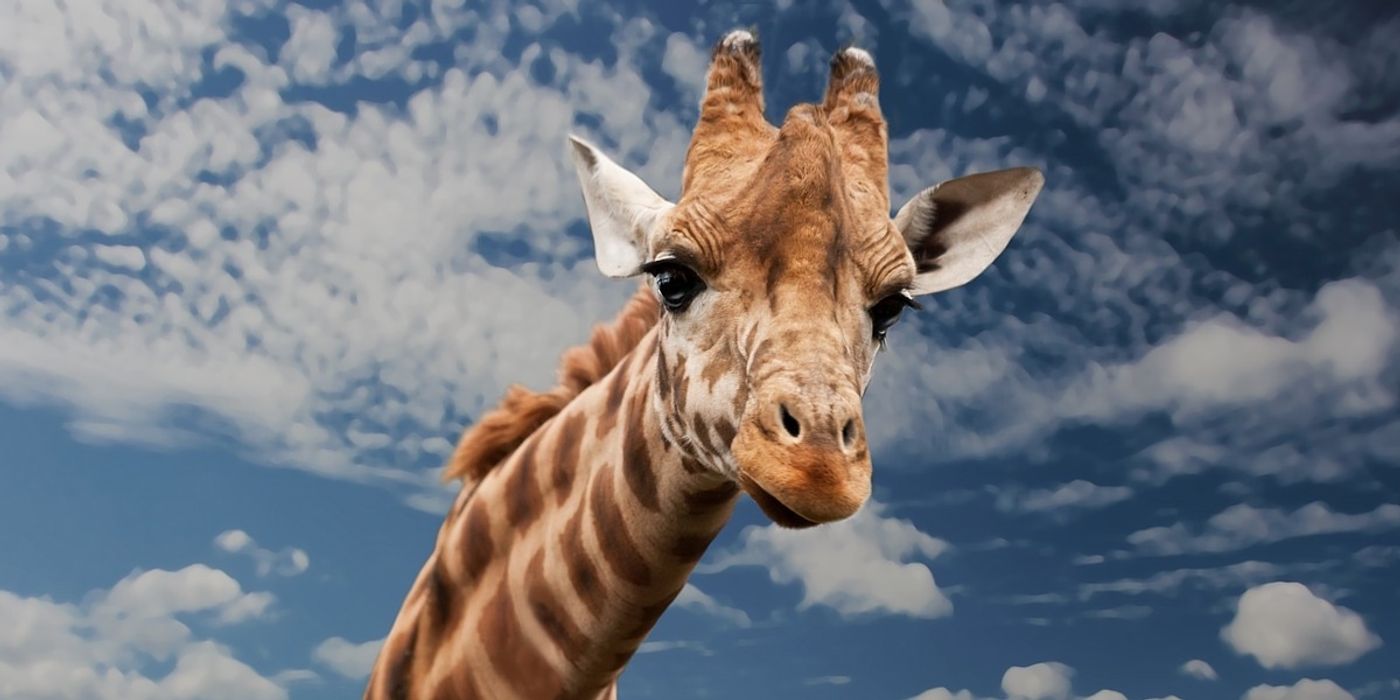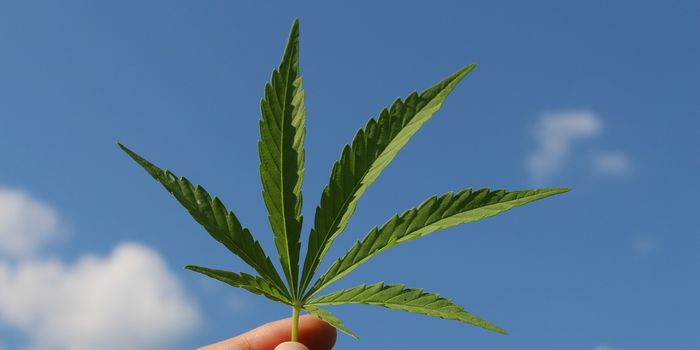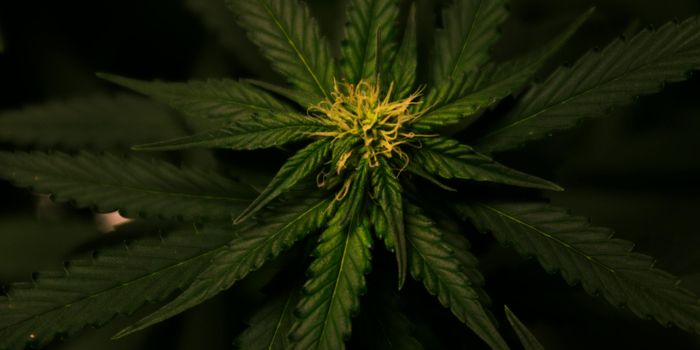Giraffe Conservation Gets More Serious as Species Gains New Protections
One of the world’s most distinguishable long-necked animals, the giraffe, appears to be headed for a troubling future in the eyes of animal conservationists. But will that soon change?
Image Credit: Pixabay
The International Union for Conservation of Nature (IUCN) recognizes these animals as a vulnerable species on the organization’s Red List of Threatened Species, and with population numbers declining by almost 40% in the last three decades, it doesn’t seem like they’ll be in the clear anytime soon. The latest stats suggest that there are fewer than 68,300 mature giraffes in the wild today.
On a more positive note, however, giraffes will be receiving new protections under Convention on the International Trade of Endangered Species of Wild Fauna and Flora (CITES) that should, in theory, help stabilize their declining population numbers in various regions. The move will implement regulations involving giraffe and body part-centric trade, and in doing so, prevent so many of these beautiful animals from being targeted by hunters for profit.
“Giraffes are one of the most emblematic species in Africa, but until now, they were not protected on the international level,” explained Abba Sonko, the head of Senegal’s CITES delegation. “We realized their populations are decreasing year to year, so we wanted to list the species in CITES to increase protections.”
Related: Will the giraffe receive more protections under the Endangered Species Act?
In many parts of Africa, giraffes are hunted for bushmeat and for raw materials that are used to manufacture accessories, clothing, and/or jewelry. All of these things will now be regulated under the newfangled protections, helping to mitigate their strain on existing giraffe populations, and if everything goes according to plan, ensure the species’ survival long-term.
While the majority of African countries voted in favor of the new protections, others did not; namely, Southern African countries in which local giraffe populations are faring better than others. Still, the new protections will apply to all jurisdictions, whether in support or not, ensuring that giraffe populations receive a fair shot at rebounding.
Related: The strange ways of giraffe mating
It should be interesting to see if the new protections will have any impact on giraffe population numbers, especially given the alarming impact that illegal hunting has had on the species over the past several years. With a little luck, perhaps the giraffe will make it out of the dark tunnel that it has ventured into.
Source: BBC, New York Times, IUCN









